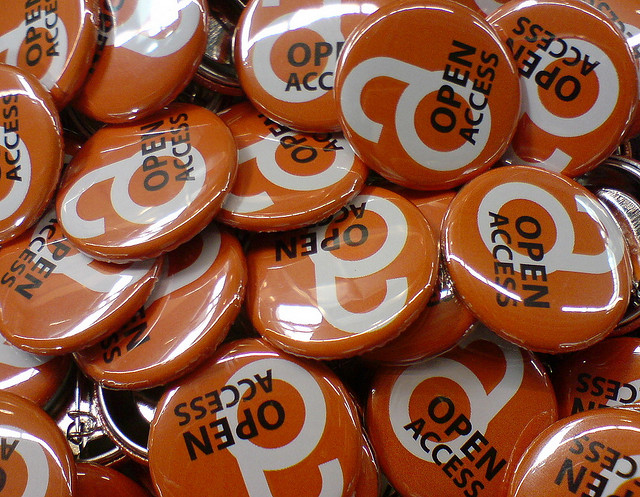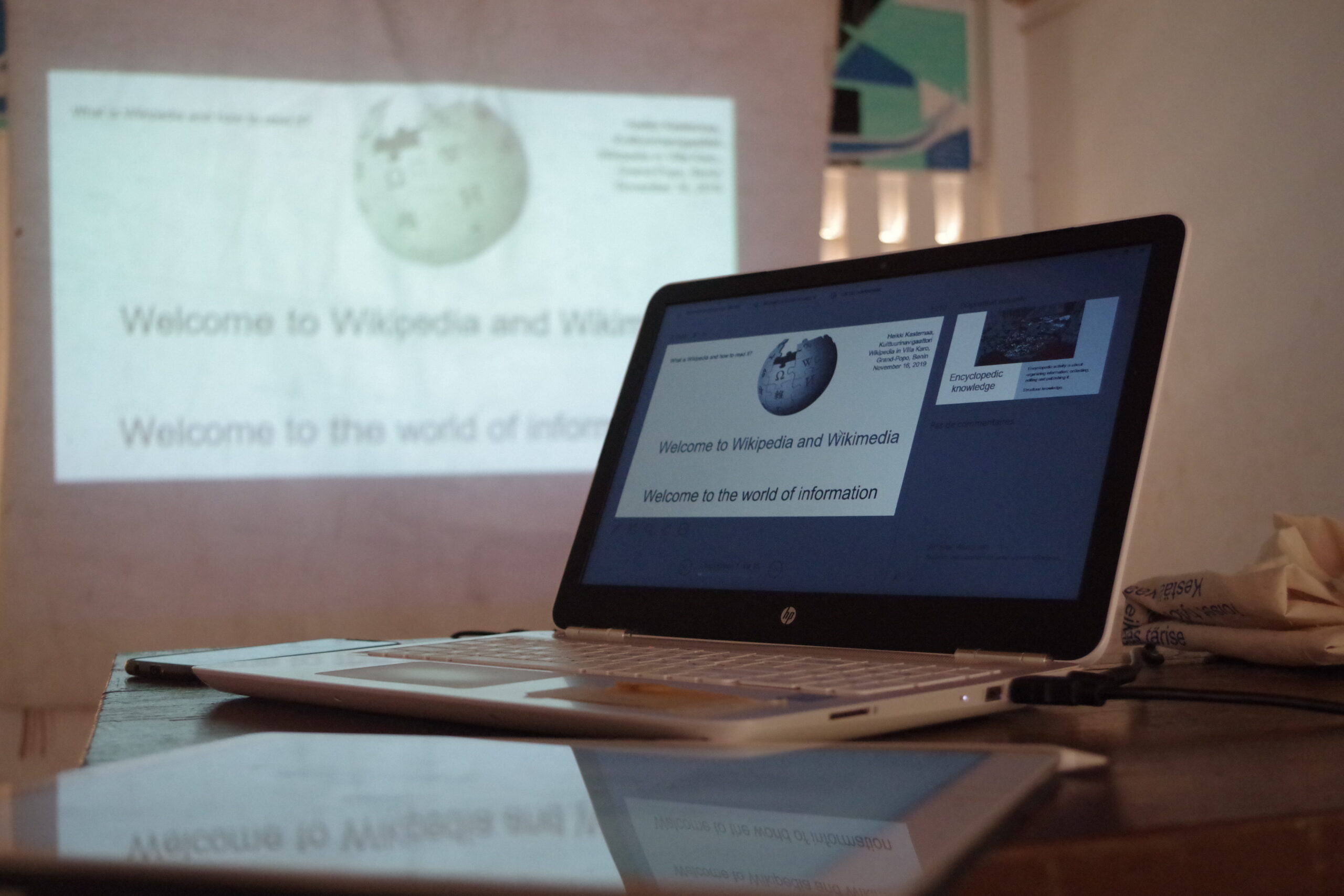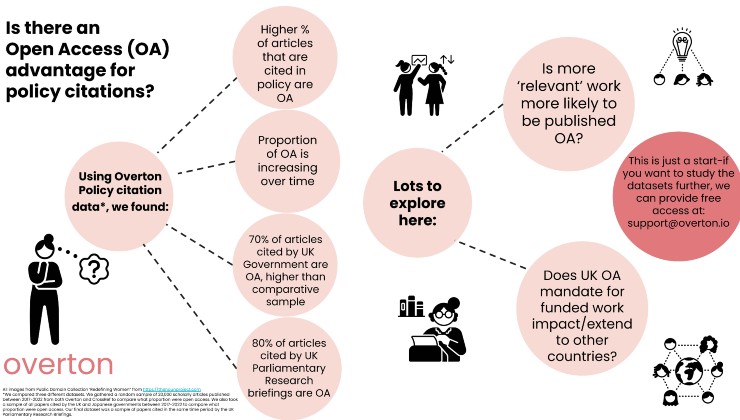STM and HSS – the Great OA Divide
This post originally appeared at the SAGE Connection blog as part of its Open Access Week coverage.
***
There is a divide in how academics from the humanities and social sciences view open access publishing compared to their colleagues in the science, technology and medical fields: HSS is notably more skittish about OA.
That’s been folk knowledge in the OA community for some time, and it’s one of the key takeaways from the most recent Author Insights Survey run every year by Nature Publishing Group and its sister company Palgrave Macmillan. But the survey provides some cheering news for OA partisans – concerns about quality and personal cost which have kept authors from opting for open access are receding across the board.
What has led to a divide in the first place? Differences in how scholarship is published and who foots the bill for the author costs associated with OA are major causes.
“It is likely that uncertainty around OA publication of monographs as well as lack of funding to support pre-publication [article publishing charges], have been key factors in creating some hostility to OA from within HSS,” Stephen Pinfield wrote recently at Online Information Review. the University of Sheffield senior lecturer’s article, titled “Making Open Access work” cites earlier papers that went so far as to declare OA as “unworkable” for HSS. “Even more fundamentally, labelling the APC-funded OA business model as “pay to say”, Sabaratnam and Kirby (2012) have characterised OA as a threat to academic freedom; a claim supported by others (Baruch et al., 2013). Clearly, OA remains controversial across the disciplines but particularly in HSS.”
Still, the Nature/Palgrave survey suggests that familiarity is breeding acceptance of OA. The survey team took responses from 21,377 authors, with 3,023 of those coming from HSS and the balance from science, technical and medical (STM) authors. Those STM authors have published a median of six papers in the last three years, compared to a median of four papers by HSS authors.
To be clear, the survey results are meant to be public and are aren’t portrayed as academically rigorous. Nature/Palgrave explains it “welcomes others to use the data for further analysis and to share their findings in the spirit of an open dialogue on how we might improve the publishing process.”
One part of that conversation is talking to authors – about a third of the pool reporting — who are avoiding OA intentionally.
Among the survey respondents, 58 percent of academics in the humanities and social sciences aren’t publishing via open access, whether green (archiving the paper in a repository) or gold (paying the APC so the paper is immediately viewable for free). Concerns about OA are higher in the U.S. and Canada and among more senior researchers.
Asked why they haven’t published through an open-access model in the last three years, the most common answer, selected by a little over 30 percent of 7,995 OA-resistant respondents, was concern about the quality of OA publications. That concern was markedly greater in the HSS community, where roughly two out of five answering the survey cited it, compared to one in four of the STM respondents. However, those percentages were well down, about 10 percentage points respectively, compared to the 2014 survey.
Writing about the survey in the London School of Economics and Political science’s Impact of Social Science blog, Dan Penny, head of insights at Nature Publishing Group, observed that “in 2014, 54 percent of HSS academics said that they were “concerned about the perceptions of the quality of OA publications.” But this year, only 41 percent did so. There was a similar drop in the sciences, where open access has been a popular business model for longer; from 40 percent in 2014 to 27 percent in 2015. (Penny’s post was republished at Social Science Space.)
HSS, of course, isn’t a monolithic entity. Parsing the survey data, education researchers are the most avid OA users (47 percent published in an OA journal in the last three years) while political scientists proved the most parsimonious (29 percent).
The second-most-cited concern also showed a greater fear from the HSS community — and a similar dramatic fall just since the last survey. That concern is who pays for the article processing fee (APC); it’s more common for funders to pay that cost in STM research than in HSS. While roughly 28 percent of all non-OA respondents said their unwillingness to pay an article processing fee kept them out of OA journals, that figure was north of 40 percent for the HSS community. While that’s down from the 50+ percent in 2014’s survey, it’s still much higher than in the STM community. And while the statement “I was unable to fund an article processing fee” was the third most common reason not to go OA, those numbers were (and have been) similar across disciplines at around 20 percent.
The role of funders resonates beyond where to publish, according to the survey. It determines who you are publishing for. Penny wrote that “around a third of scientists in each of the physical sciences, biology, medicine and earth science all said that funders were also an important audience for their research, whereas only 14 percent of HSS authors said this. This could reflect the role that funders have in the social sciences – in general, for each individual author, the significance of a particular funder is somewhat lower than in the natural sciences.”
Who do HSS authors write for? About 40 percent of survey respondents said practitioners, say medics or criminologists, were an important audience, while only 22 percent of life scientists, for example, saw that as a key readership.
But rest assured, ‘researchers in my field’ and ‘researchers outside my field’ were the top two groups that all researchers included in their “ideal audience.”
Having looked at why authors shy from OA, what draws them to publish in a journal – any journal? STM and HSS diverge, but only slightly. The top four reasons (among 17 the survey offered) for HSS authors – reasons cited as either important or very important – were: relevance to my discipline (97 percent), reputation of the journal (96 percent), the readership of the journal (89 percent) and the quality of peer review (88 percent). For STM, the top four were the reputation of the journal (97 percent), relevance to my discipline (95 percent), the quality of peer review (92 percent) and the journal’s Impact Factor (90 percent).
The reputation of a journal and its Impact Factor, if not faces of the same coin, are at least in the same change purse, as Nature Publishing Group found out when it asked what makes up a “high reputation.” The top answers were Impact Factor and being ‘seen as the place to publish the best research by my community,’ followed by the consistency of quality and intriguingly, quality of peer review.
In fact, that quality, or more specifically, “Improving papers through constructive peer review,” was the top service a publisher can offer an author, according to the survey, with more than 60 percent of respondents giving that a 9 or 10 score on a 10-point scale (and 85 percent overall citing it). That was followed by ensuring papers can be easily discovered and providing a rapid decision on acceptance.
What isn’t vital in choosing a journal – or at least isn’t currently a primary driver—is the ability to publish in open access. In the STM pool, only 35 percent rated that important or very important, a choice that is fourth from the bottom and down 2 percentage point from the 2014 survey. Among HSS authors, it also appeared fourth from the bottom, with 24 percent citing it as important or very important, down a percentage point from 2014.



























































































